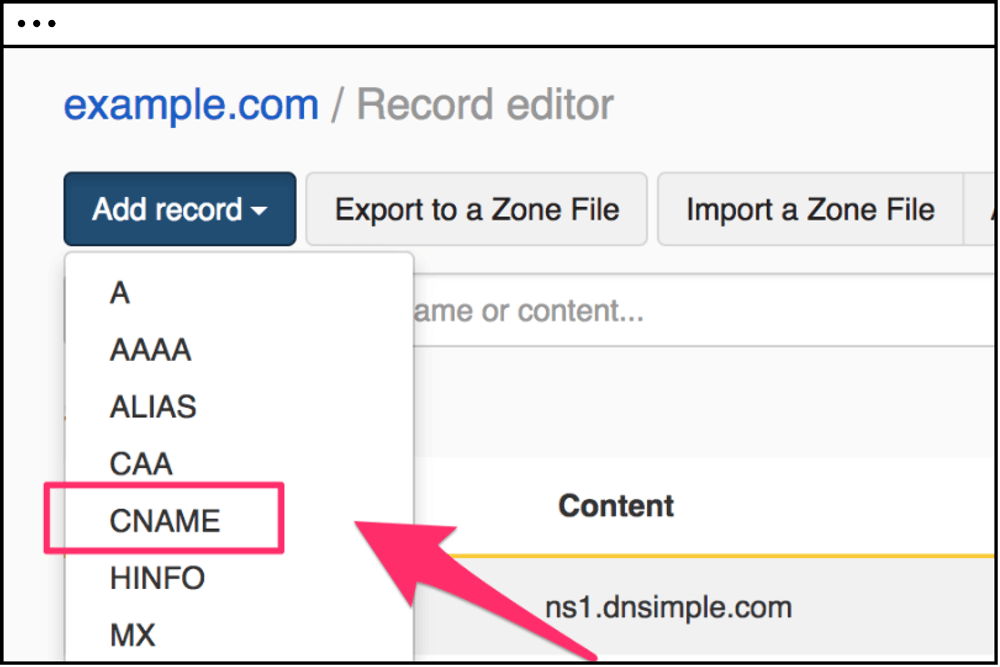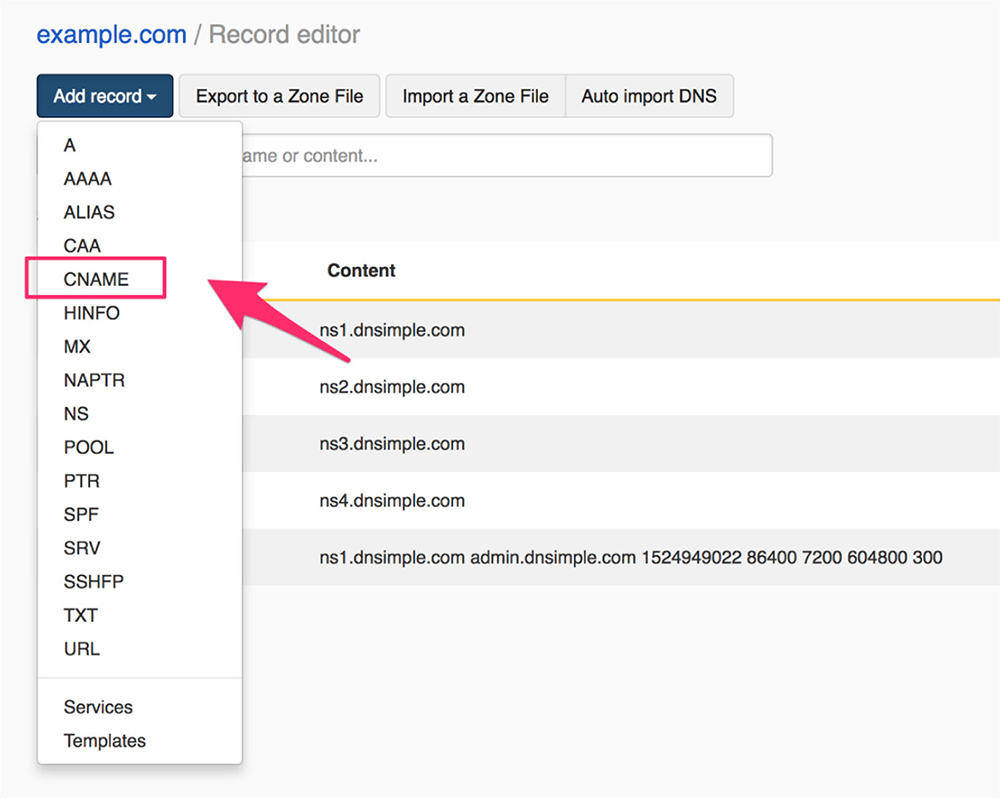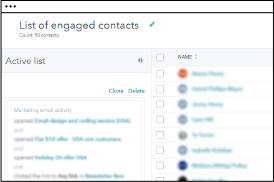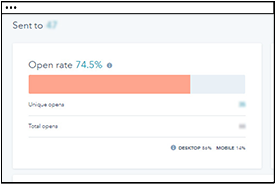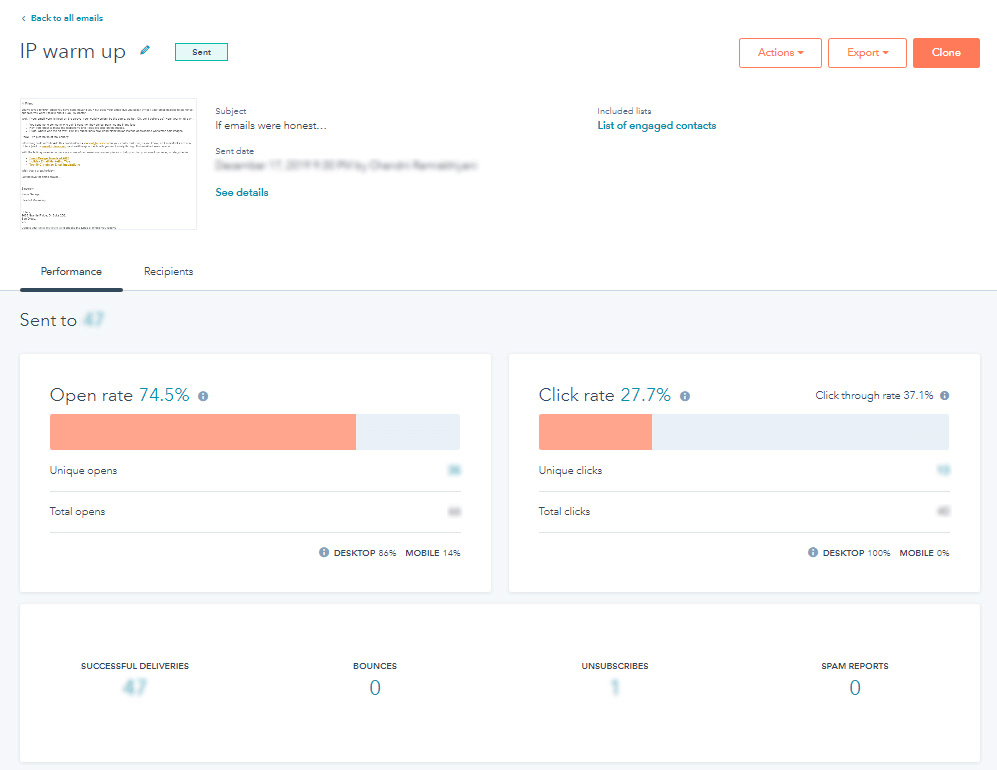 The First Stride of Email Deliverability
The First Stride of Email Deliverability
Just like a warm up consists of a gradual increase in the intensity of physical activity to warm the muscles and reduce the risk of injury, IP warming is the process of systematic addition of campaign volume every week in the new IP address. Doing so will help in establishing a positive sending reputation with Internet Service Providers (ISPs).
While it generally takes around 4-8 weeks to accomplish maximum deliverability rate, it could take more time if the mailbox providers see that the recipient does not want the email. Some of the mailbox providers limit the number of emails to be delivered each day before they have not established a credible reputation. Therefore, it is imperative to warm up the new IP and ensure that your emails are delivered in the subscriber’s inbox.
That said, let’s try to get the hang of IP warming and understand how to make the most out of it with 5 easy steps.










